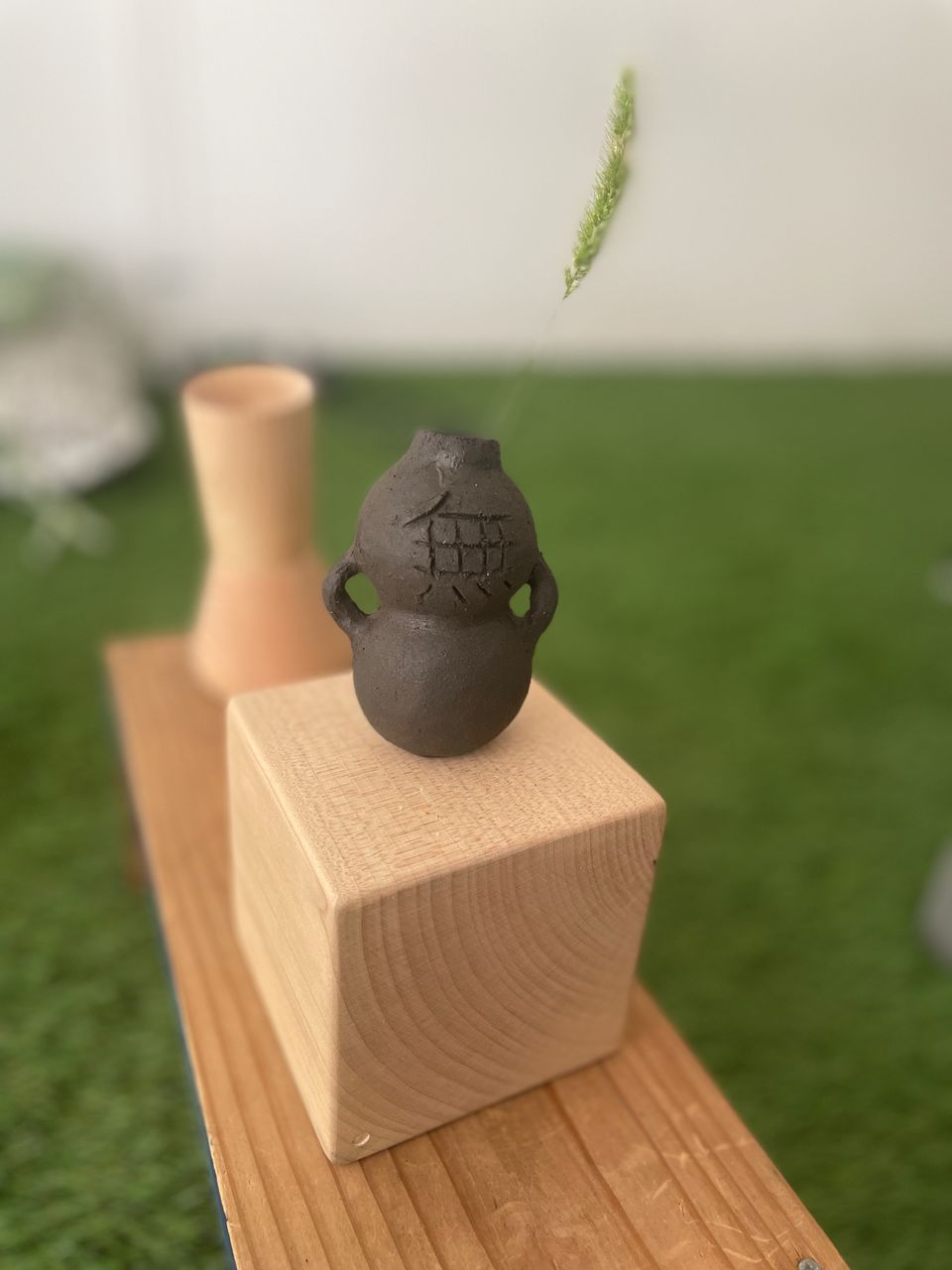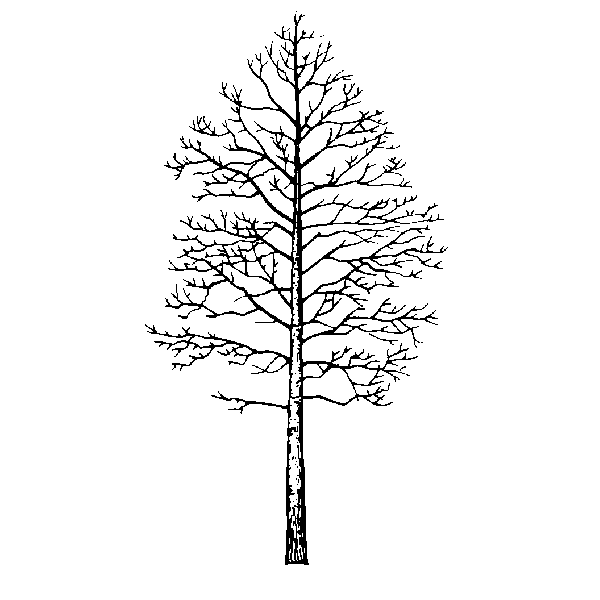#KocoGarden

Trembling Aspen | Series_03 Here, in Koganecho | Issue_02
The garden is growing! And you helped plant the seeds! (Well, to be exact, part of your contributions were used to pay for artificial grass, so artificial seeds?...um, there's a whole tangle of metaphors we may get lost in there, so, close parenthesis...)
You may recall, in Issue_01 of Series 3 | Here, in Koganecho, I told you about using my studio space to prototype a fall installation.
My studio space downstairs has become a participatory work-in-progress art installation. (I don’t know what it is yet, or what to call it, that’s my best stab at naming it). The theme is similar to our exhibition installations: nature and ritual, as such it’s an opportunity to nurture community among the artists in residence, learn about how to collaborate together, and allow for unexpected ideas and insights that can be integrated into the other installations.
Ch-ch-ch-changes
A few things have changed since Issue_01. While in conversation with exhibition curators it was decided our proposed installation would became two installations: a smaller indoor installation for the fall 2023 exhibition, and a logistically more ambitious outdoor installation to happen spring 2024.
My intent for the studio space project was for Koganecho artists to begin using and interacting with the space. Ralph, who had done exactly these kinds of participatory art projects before, was first to begin interacting. As Ralph and I worked on our fall project, he increasingly became part of my studio space project. We started using the space to meet, more objects came in—a guitar, a table, some books—a little library!. We invited all the Koganecho artists over for a facilitated session to name the space. After lots of input and heated debate—between Kocomatte and Kogarden—we landed on KocoGarden. Ko = Koganecho / co = community / Garden, because we're growing art and community.



It was a fantastic night. The number one request for things to do in the space was...karaoke! So, a few nights later, we hosted a karaoke night.


The videos I shot capture a nice progression from sedate sing-a-long to full on "I Will Survive" power mode, which I've tried to imitate here.
More Changes
My studio space, now KocoGarden, was becoming a place for community to find expression and roots. One afternoon, while we were working on both the fall installation and KocoGarden, Ralph said, "This might sound crazy, but what if we combine these projects?" Turns out, it was just crazy enough to work.
We drafted a document for the curators proposing KocoGarden as an evolving participatory art project.
Two key things to know about participatory art: 1) it de-centers and downplays artistic authorship, the myth of the lone genius is a myth, and 2) it views the process of collaboration as an end in itself, art is action with intent, art is a verb.
We proposed documenting KocoGarden as an evolving participatory art project up until the exhibition opening in October. The space itself would become an artifact of the collaborative activity within. At the same time, KocoGarden would become the gallery for the original site-specific installation Ralph and I had proposed. We would still be doing that installation as originally proposed, we just added an evolving gallery to put it in.
Last week, we heard back. The curators are now including KocoGarden in the fall exhibition, which means I'll be here in my same little apartment tending to KocoGarden until the exhibition concludes, at the end of October.
Without going into it too much, our fall installation (which will now be part of KocoGarden) included interviewing folks in the Koganecho neighbourhood (participatory art is sometimes called socially-engaged art). We knew we needed help with this aspect of the project, and had hoped to get other resident artists to help. Now, with KocoGarden planted, there was a third space* for us artists to connect and co-create together, which would help that happen. As artists started gathering more regularly here, our intuition was telling us that interviewing artists might be a better place to start.
Serendipity steps forward wanting to dance
Over the last couple of weeks, artists working toward presenting work at the fall exhibition have started arriving from China, Indonesia, Taiwan, Korea, Japan, and the Philippines. During our KocoGarden naming party Joar, from the Philippines, said he wanted to cook a traditional Filipino meal, the kind he had learned from his aunties and grandmas. Perfect. Let's do that. And the dance begins.
Last Friday, beginning early in the afternoon, we began documenting the meal. It was our first significant piece of documentation since learning KocoGarden would officially be part of the fall exhibition. Ralph is a videographer, he works part time for Asia's version of Reuters, a news agency that sells image rights to news outlets around the world. (An interesting aside, if you saw footage about the opening of Wizarding World of Harry Potter in Japan, that was shot by Ralph. Reuters couldn't make it that day and asked his agency for footage, so if you saw it, he shot it. That's interesting enough for a parenthetical out take, yes?)
Back to Joar cooking in the kitchen. I shot stills, Ralph shot video. Both of us engaged Joar in conversation as he cooked. It was work, exploration, conversation, and play all in one. It felt like an initial step in figuring out how Ralph and I will do the actual thing at the actual centre of our collaborative piece, interviewing folks in the neighbourhood and documenting those interactions. And so, we danced.






Hospitality, a word we learned from our Moms
Dinner prep ended early. We spent the rest of the afternoon doing little odds-and-ends errands to get the space ready. Ralph, Ariane and I went to a nearby second hand store to buy a shelf. KocoGarden was filling up with the kind of brick-a-brac one needs for creative making—pens, scissors, battery chargers, tripods and whatnot. Shelves would get us organized, and open up space for sitting and eating.
I'm not sure why this little trip is so endearing. Maybe the universal existence and appeal of local second hand shops, each one absolutely unique? Maybe the fluid decision making process and action that went into getting something as mundane, and wonderful as just the right shelf. As I say, I'm not sure. And yet, including a few pictures seems worth it, if only for the sake of your own reminiscing about the unaccountably delightful moments that drift through our lives.




The meal
You learn a lot about someone when you share a meal together ~ Anthony Bourdain
We somehow fit 23 people into KocoGarden. Joar told us why he had wanted to cook the meal. He left home when he was 15 to go work on ships, which he did for 10 years. Onboard ship, travelling the world, all his meals were made for him. The absence of home cooking meant an important connection to his culture and home was slipping away. In the meantime, he started making art in what little personal space he had aboard ship, which lead eventually to pursuing a career in art. He's been doing that for a little over a year now. The Koganecho residency is another threshold, into something new again.
Joar wanted to cook the meal, as art. It isn't without precedence. Thai artist Rirkrit Tiravanija is a pioneer in the relational aesthetics movement in 1990's New York. Relational aesthetics—a precursor to participatory art—"focuses on the interactions between people and their surroundings rather than aesthetic objects. “My starting point," says Rirkrit, "was the search for my identity in foreign places, in places where I am estranged from myself,” He is best known for performance events in which "gallery and museum-goers participated in cooking and consuming traditional Southeast Asian meals."
Joar was doing something similar, and, to my mind, in a way that had surpassed the relational aesthetics movement of the 90's, which was so dependent on the sacred cows of the art world for its power and voice. Relational aesthetics needed the New York art scene, and a gallery within that scene, and all the rules and expectations about the art being presented in that gallery, as well as an art consuming audience willing to be disrupted—here I use consuming in not the most flattering way—in order to disrupt all those conventions. Relational aesthetics needed, in other words, an exclusive and pretentious art world in order to question and disrupt the exclusivity and pretention, which isn't a critique of what Relational Aesthetics acomplished, or even of Relational Aesthetics. Just that it all seems like a limitation to me. Participatory art "by its very nature, cuts across the art world’s conceptual and administrative boundaries. That is its strength—and its challenge."** Participatory art is a recognized theory of practice that has freed itself from needing the Art World's blessing in order to be called art.
One way out of this [what is art?] maze is to stop identifying art as a taxonomy of things—forms (visual art) and objects (sculptures)—and think of it instead as an act with specific intentions. The act is creative because it brings into being (creates) something that did not previously exist, but art is in the act, not the thing. It might create an object, a composition, a performance, a story, a symbol or an experience. It can be huge and long-lasting, like the sphinx, or intangible and brief, like a haiku. But whatever its characteristics, the creation is the result and trace of an act distinguished from other human acts by its intention.
The meal, all of us helping to make it and then gathering to eat it, would be Joar's art. Art is about human connection, and this was Joar's way of creating connection to his aunties and grandmas, to his culture, to his home. Simultaneously, to everyone who has anything like an auntie, grandma, culture or home in their lives.








Something amazing is happening in this photo. Serendipity, once again, asking us to dance. You'll notice we're talking to the folks next door. More about Ruru-san in the next issue.
*The Third Space is a postcolonial sociolinguistic theory of identity and community realized through language. It is attributed to Homi K. Bhabha. Third Space Theory explains the uniqueness of each person, actor or context as a "hybrid".[1] See Edward W. Soja for a conceptualization of the term within the social sciences and from a critical urban theory perspective. ~ Thanks Wikipedia
** A Restless Art. François Mattarasso, Calouste Gulbenkian Foundation 2019
My participation in the Koganecho Artist in Residence program, the art work I create while here, and this very newsletter were all made possible by members of The Mycelium Council. If you enjoy Trembling Aspen, a newsletter about living your life like a work of art, from me, Steve Frost, please consider joining.
